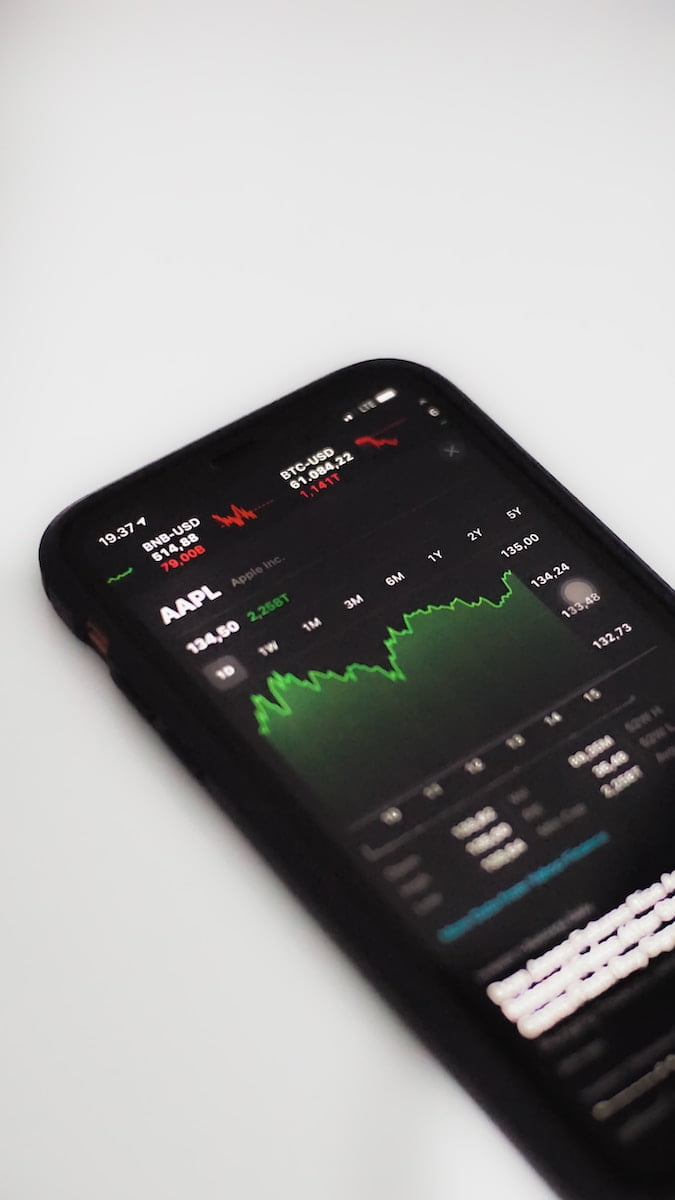Algorithmic trading, often referred to as algo trading, is a fascinating and rapidly evolving field at the intersection of finance and technology. It involves the use of computer algorithms to execute trading orders with incredible speed and precision. In this article, we will explore the world of algorithmic trading, its principles, benefits, and how it has become the science of profitable automation in financial markets.
Understanding Algorithmic Trading
Algorithmic trading is a trading strategy that relies on mathematical algorithms and computer programs to automate trading decisions. These algorithms analyze vast amounts of market data, identify patterns, and execute trades with minimal human intervention. The primary goal of algo trading is to maximize profits and minimize risk by taking advantage of market inefficiencies and price discrepancies.
Key Principles of Algorithmic Trading
Data Analysis: Algorithms analyze historical and real-time market data, including price movements, trading volumes, and order book information.
Algorithm Development: Traders and quants develop algorithms based on specific trading strategies. These strategies can range from simple moving average crossovers to complex machine learning models.
Risk Management: Effective risk management is crucial in algo trading. Algorithms often include stop-loss and take-profit orders to limit potential losses.
Execution Speed: Algo trading relies on high-speed execution to capitalize on price discrepancies. This requires low-latency connections to exchanges and co-location services.
Backtesting: Before deploying algorithms in live markets, they are rigorously backtested using historical data to assess their performance.
Benefits of Algorithmic Trading
Algorithmic trading offers several advantages:
Speed: Algorithms can execute trades within milliseconds, far faster than human traders can react. This speed is critical in high-frequency trading.
Precision: Algorithms execute trades with pinpoint accuracy, eliminating human errors and emotions from the trading process.
Scalability: Algo trading can handle large volumes of trades across multiple markets and assets simultaneously.
Diversification: Algorithms can be designed to trade a wide range of instruments and strategies, achieving diversification within a portfolio.
Efficiency: Algo trading operates 24/7, allowing traders to capitalize on opportunities in global markets around the clock.
Challenges and Considerations
Technical Challenges: Maintaining robust and reliable technology infrastructure is essential to prevent downtime and execution errors.
Regulatory Compliance: Algo trading must comply with regulatory guidelines, including risk controls and reporting requirements.
Market Volatility: Rapid price movements and market volatility can pose challenges for algorithmic strategies.
Over-Optimization: Excessive fine-tuning of algorithms based on historical data can lead to poor performance in live markets.
The Future of Algorithmic Trading
The future of algorithmic trading is bright and promising:
Machine Learning: Machine learning algorithms are becoming increasingly prevalent in algo trading, allowing systems to adapt and learn from market data.
Quantitative Finance: Advances in quantitative finance and data analysis are continually enhancing the sophistication and profitability of algo trading strategies.
Regulatory Changes: Regulatory bodies are adapting to the rise of algo trading, implementing rules to ensure market stability and fairness.
Retail Access: As technology advances, retail traders are gaining access to algo trading platforms and tools, democratizing the field.
Conclusion
Algorithmic trading has revolutionized the world of finance by automating trading decisions and maximizing profit potential. It represents the marriage of finance and technology, where complex mathematical models and high-speed computers work together to navigate the dynamic and competitive landscape of financial markets. As algorithmic trading continues to evolve and adapt to changing market conditions, it will remain a cornerstone of modern trading practices, offering both institutional and retail traders a powerful tool for profitable automation.

+ There are no comments
Add yours